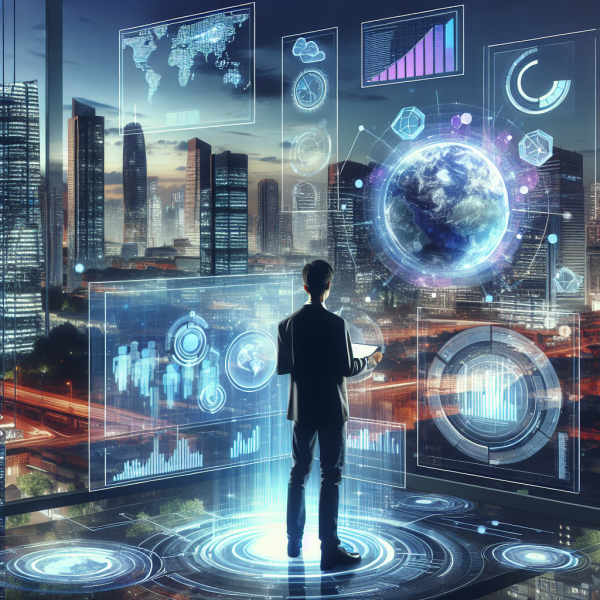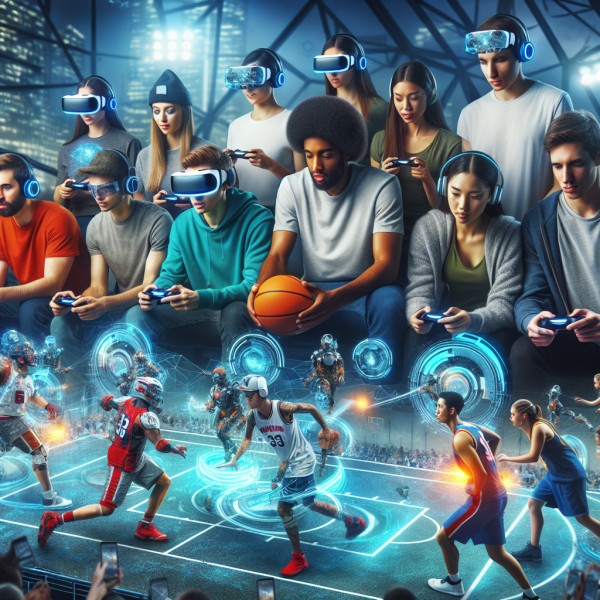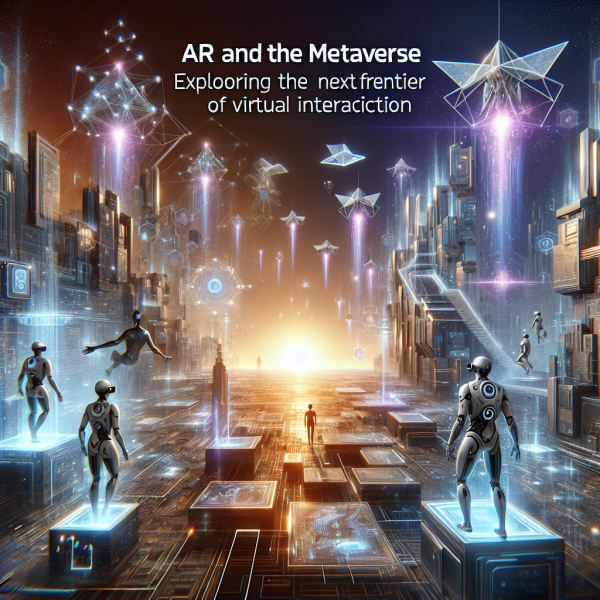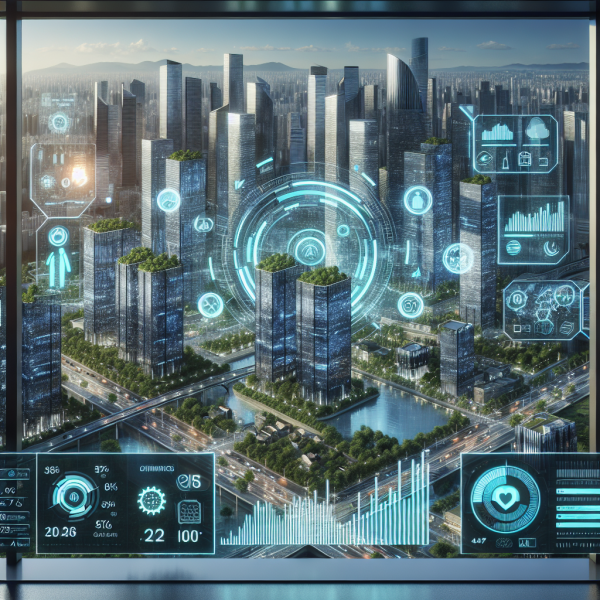The Intersection of Art and Technology: AR Innovations in Creative Expression
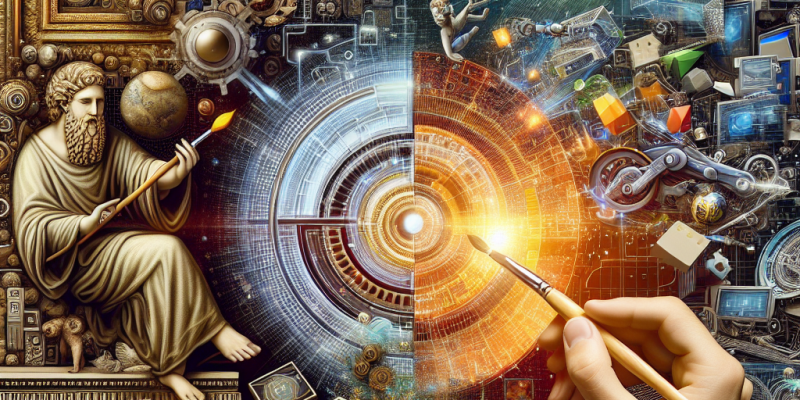
In an era where digital capabilities shape our daily interactions, the intersection of art and technology has become a captivating frontier for creative expression. Among the myriad technological advancements, Augmented Reality (AR) stands out as a transformative tool that allows artists to expand their creative horizons and engage audiences in innovative ways. This article explores how AR is reshaping the landscape of art, offering new avenues for artistic expression and viewer engagement.
Understanding Augmented Reality in the Arts
Augmented Reality enhances the real world by overlaying digital content—such as images, sounds, and other sensory interactions—onto physical environments. Unlike Virtual Reality (VR), which immerses users in a completely virtual space, AR combines the physical and digital realms, allowing for a richer interactive experience. Artists leverage AR to create pieces that transcend traditional media, bringing static artwork to life with animations, narratives, and interactive elements.
Enhancing Artistic Expression
1. Interactive Installations
Artists are increasingly utilizing AR to create interactive installations that invite viewer participation. For example, a mural might come alive when viewed through a smartphone app, revealing hidden layers or providing context through sound. This not only transforms the viewer’s experience but also encourages a deeper connection with the artwork. By engaging with the piece, audiences become co-creators, allowing the art to evolve through interaction.
2. Digital Storytelling
AR facilitates storytelling in ways that traditional media cannot. Artists can embed narratives within their pieces, guiding viewers through a layered experience that unfolds over time. For instance, an AR-enhanced sculpture could tell the story of its creation or the artist’s inspiration when approached or scanned. This integration of narrative and art enhances comprehension, making complex themes more accessible.
3. Global Collaborations
The reach of AR technology encourages collaboration between artists across the globe. Physical art pieces in one location can be connected to digital interpretations curated by artists anywhere in the world. This transnational approach not only diversifies the artistic palette but also connects disparate cultures through a shared digital framework.
Engagement and Accessibility
One of the most significant advantages of AR in the arts is its ability to democratize access to creative expression. Traditional galleries and museums often require physical presence, which can be a barrier for many individuals. AR enables virtual experiences that transcend geography, allowing anyone with a smartphone to engage with art. Institutions are increasingly creating AR experiences for exhibitions, allowing visitors to delve into the artworks from their own homes or through mobile tours of galleries.
Education and Community Engagement
Moreover, AR serves as an educational tool. Through interactive platforms, students and aspiring artists can learn about techniques, styles, and artistic history in an engaging manner. Workshops incorporating AR technology encourage participation and foster community engagement, making art more relatable and exciting.
Challenges and Considerations
While the fusion of art and AR presents exciting opportunities, it also raises challenges. Issues such as digital fatigue, over-reliance on technology, and the question of artistic integrity are pertinent. Artists and institutions must balance the allure of innovative experiences with the core essence of traditional art forms.
Moreover, technological accessibility is a significant concern. Not everyone has equal access to the devices or internet connectivity necessary to experience AR works fully. Artists and art institutions need to consider inclusive practices that ensure a wider audience can engage with their creations.
Conclusion
The intersection of art and technology, particularly through AR, is redefining creative expression and audience engagement. As artists continue to explore the digital realm, we can expect a significant evolution in how art is created, experienced, and understood. By merging the tangible and intangible, AR not only enhances the viewer’s experience but also expands the boundaries of what it means to be an artist in the modern age.
As we look to the future, the ongoing dialogue between art and technology will undoubtedly yield new forms of creativity, ensuring that the artistic landscape remains vibrant, dynamic, and accessible to all. The potential of AR in the arts is just beginning to be realized, paving the way for a new era of exploration and expression.

